SOURCE: RAUNAK KUNDE / NEWS BEAT / IDRW.ORG
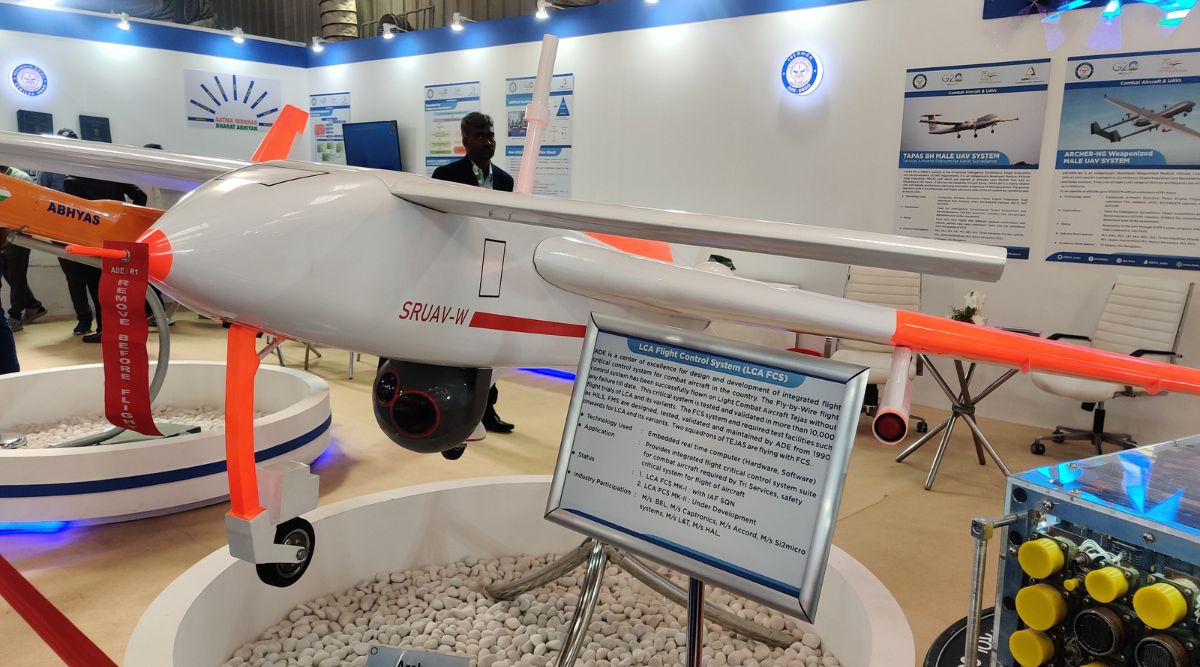
India’s Aeronautical Development Establishment (ADE), a division under the state-owned Defence Research and Development Organisation (DRDO), has unveiled significant updates regarding the development and testing of its latest Short-Range Unmanned Aerial Vehicle-Weaponized (SRUAV-W), known as ‘Archer.’
An ADE official shared these developments during the eighth Aerospace and Defence Manufacturing Show (ADMS), held in Bangalore from October 26 to 27. According to the official, the SRUAV-W/Archer is based on ADE’s Rustom-1 tactical UAV. They expressed confidence in completing the initial weaponized flight testing phase by June 2024.
Continue readingSOURCE: RAUNAK KUNDE / NEWS BEAT / IDRW.ORG

The Indian Navy’s quest to bolster its maritime patrol aircraft (MPA) fleet has hit a roadblock, causing delays in the procurement process. As the Navy bids farewell to its ageing Ilyushin-38 Sea Dragon aircraft, discussions surrounding the acquisition of new MPAs have encountered obstacles, raising questions about the future of this vital defence capability.
At a recent decommissioning ceremony held at INS Hansa in Goa, Navy Chief Admiral R Hari Kumar, along with veteran officers and sailors of the IL-38 squadron, emphasized the need for a modern and efficient MPA fleet. The Indian Navy is looking to replace its IL-38 aircraft with a more advanced and capable platform.
Continue readingSOURCE: IDRW.ORG TEAM
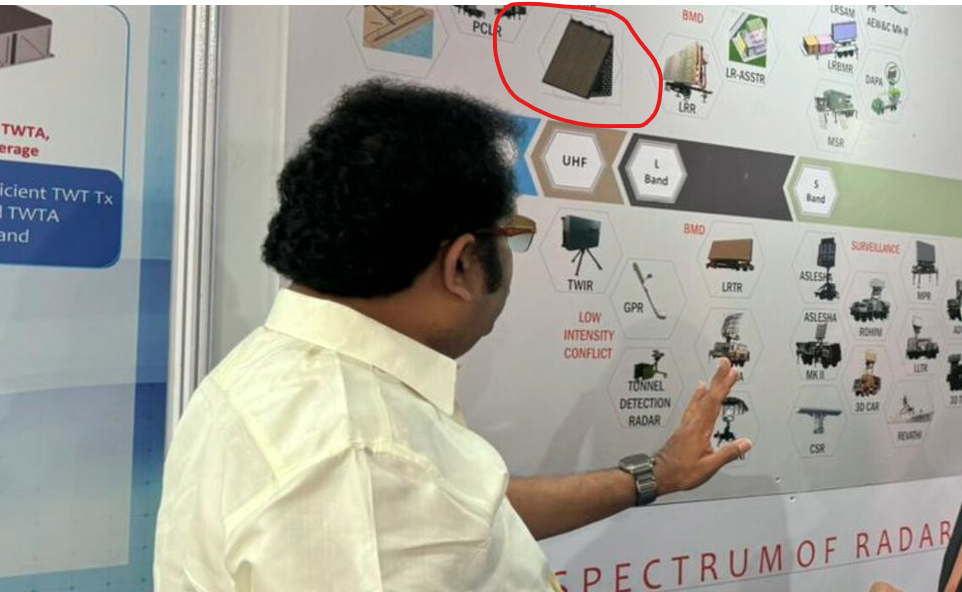
In a recent meeting held at the Electronics & Radar Development Establishment (LRDE), the Standing Committee on Defence delved into comprehensive discussions regarding the progress and status of various programs managed by the Defense Research and Development Organization (DRDO). Among the topics under scrutiny, the spotlight was on the remarkable array of radar systems developed by LRDE, including the highly-anticipated Very Long Range Radar (VLRR), a vital component of India’s Missile Defense and Space Surveillance Network.
The VLRR is a state-of-the-art, one-faced radar equipped with Transmit-Receive (TR) modules based on Gallium Nitride (GAN) technology. This innovative radar boasts sloping walls specially designed for the detection of missile launches taking place thousands of miles away. Its primary function is to provide extended warning times, spanning several minutes, offering a critical advantage in alerting command and control centers and facilitating precise cueing of fire control systems.
Continue readingSOURCE: IDRW.ORG TEAM
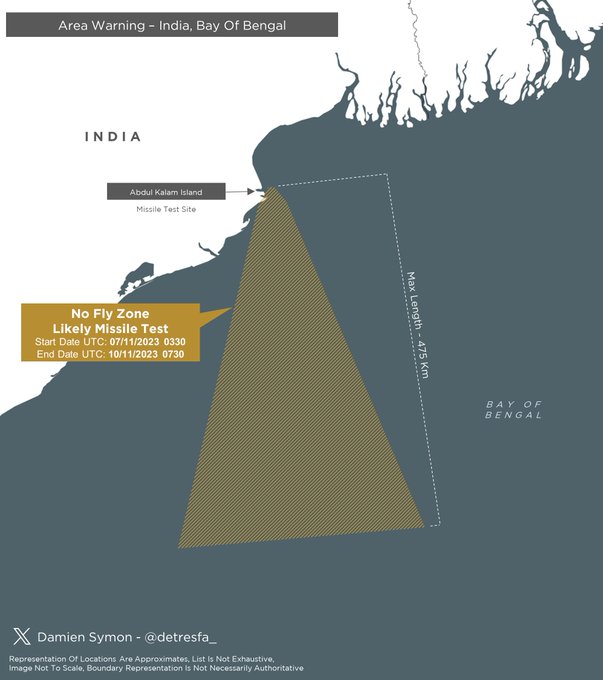
India has recently issued a Notice to Airmen (NOTAM) announcing a temporary no-fly zone over the Bay of Bengal. This NOTAM is indicative of a forthcoming missile test scheduled to take place between the 7th and 10th of November 2023. The specified area in the NOTAM spans a radius of 475 kilometers, suggesting that the test could involve either the BrahMos-ER (Extended Range) missile or the Pralay Surface-to-Surface Missile (SSM).
The decision to designate a no-fly zone underscores the significance and sensitivity of the upcoming missile test. The Bay of Bengal serves as a strategic testing ground for India’s defense capabilities, and these tests are crucial for evaluating the performance and effectiveness of advanced missile systems.
Continue readingSOURCE: RAUNAK KUNDE / NEWS BEAT / IDRW.ORG
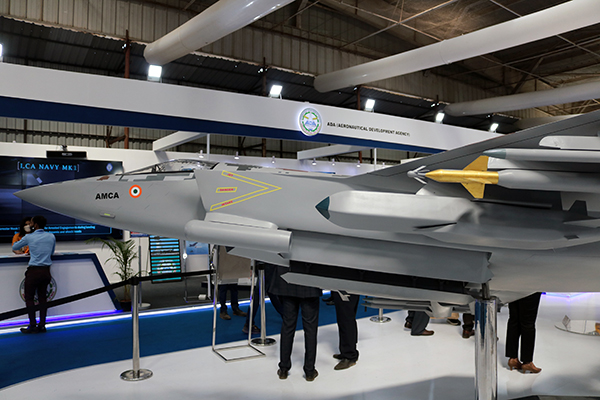
The Indian Defence Research and Development Organization (DRDO) has hit a snag in its efforts to secure Cabinet Committee on Security (CCS) approval for the twin-engine advanced medium combat aircraft (AMCA) program, casting a cloud of uncertainty over the project’s timeline. The AMCA, designed as a fifth-generation stealth fighter, is eagerly anticipated, but bureaucratic processes have slowed its development.
The prototype of the GE-414-powered AMCA is slated to roll out by 2026. However, CCS clearance, a vital step in the process, has been pending for the last six months. The delay has left many in the defence community concerned about the future of this crucial program.
Continue readingSOURCE: RAUNAK KUNDE / NEWS BEAT / IDRW.ORG
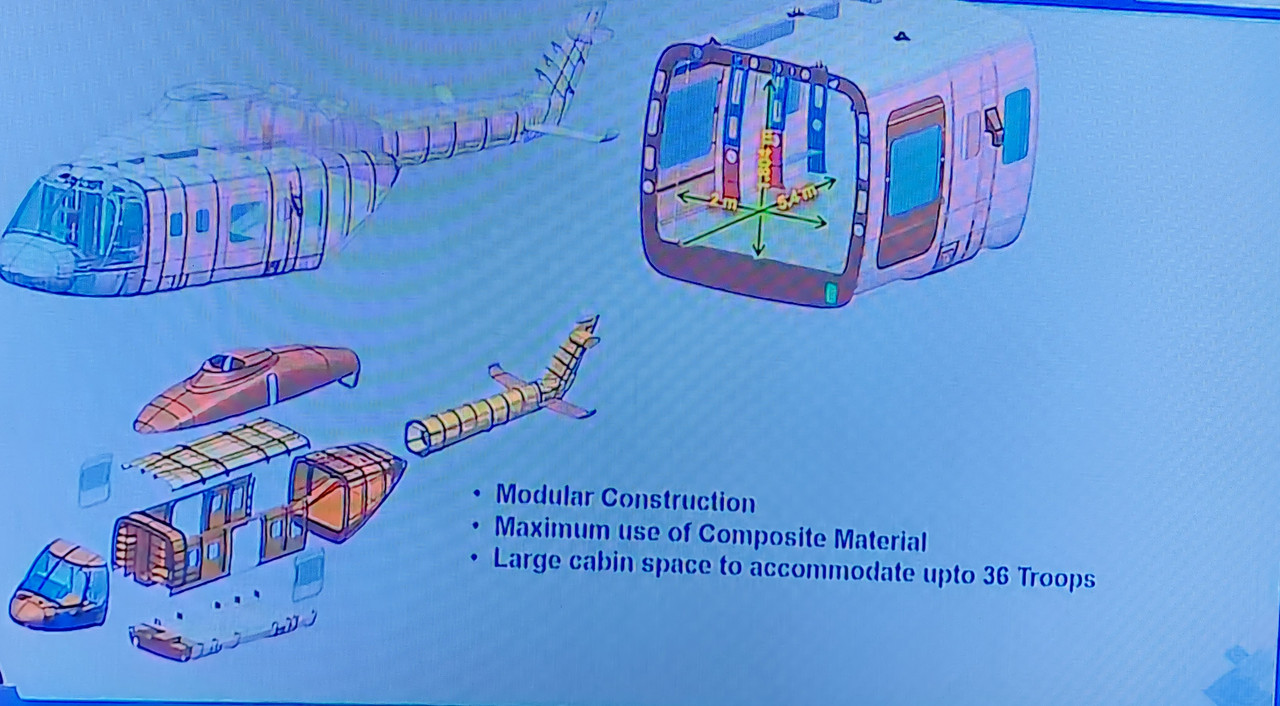
In a significant move to bolster India’s aerospace industry, the state-owned Hindustan Aeronautics Limited (HAL) is gearing up to outsource the entire airframe of its upcoming 13-ton Indian Multi-Role Helicopter (IMRH) program to private sector companies. The IMRH program is set to usher in a new era of collaboration between public and private sectors, as it embraces the Special Purpose Vehicle (SPV) model. This model involves the creation of a new company with a majority stake that will handle the airframe assembly, marking a significant step towards bolstering India’s indigenous aerospace capabilities.
Private sector companies in India have already demonstrated their prowess in manufacturing airframe cabin assemblies for internationally renowned aerospace companies. At least three private sector firms, each with varying degrees of prior experience in helicopter airframe manufacturing, have expressed their interest in the IMRH program.
Continue readingSOURCE: RAUNAK KUNDE / NEWS BEAT / IDRW.ORG

In a significant development in the defence industry, Swedish defence firm Saab is set to open a 100% Saab-owned production line for the Carl-Gustaf M4 shoulder-fired weapon system in India. This strategic move involves an investment of nearly 500 crores to establish a new manufacturing facility under the banner of Saab FFV India. This facility will not only produce the latest rocket launchers for the Indian armed forces but also manufacture components for users of the weapon system worldwide.
The Carl-Gustaf weapon system has a rich history of service with the Indian Army since 1976. Its earlier M2 and M3 variants have been license-produced in India, underlining the nation’s longstanding association with Saab’s advanced defence technology.
Continue readingSOURCE: AFI
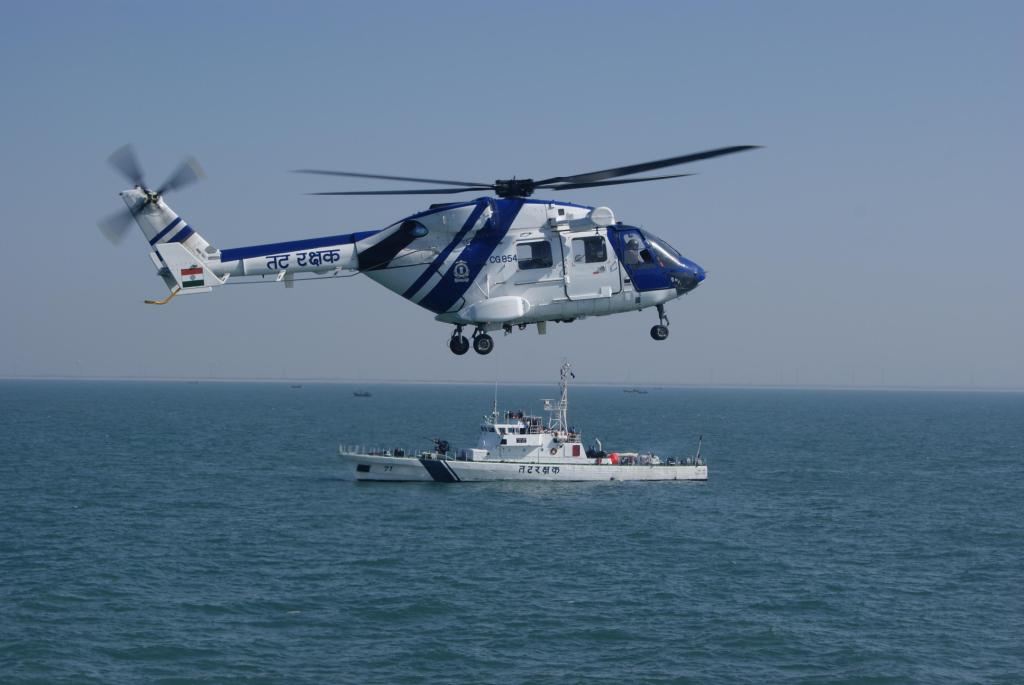
The Indian government has extended a generous offer to the Philippines, providing at least seven helicopters to support the rescue and humanitarian efforts of the Philippine Coast Guard (PCG) during disaster response operations. This welcome gesture of cooperation aims to enhance the Philippines’ capabilities in disaster management and humanitarian missions.
President Ferdinand R. Marcos Jr. expressed his appreciation for India’s offer, recognizing the significant contribution it could make to the Philippine government’s ongoing efforts to strengthen its rescue and humanitarian capabilities. The PCG, an integral part of the Department of Transportation (DOTr), will play a pivotal role in utilizing these helicopters effectively.
Continue readingSOURCE: IDRW.ORG TEAM
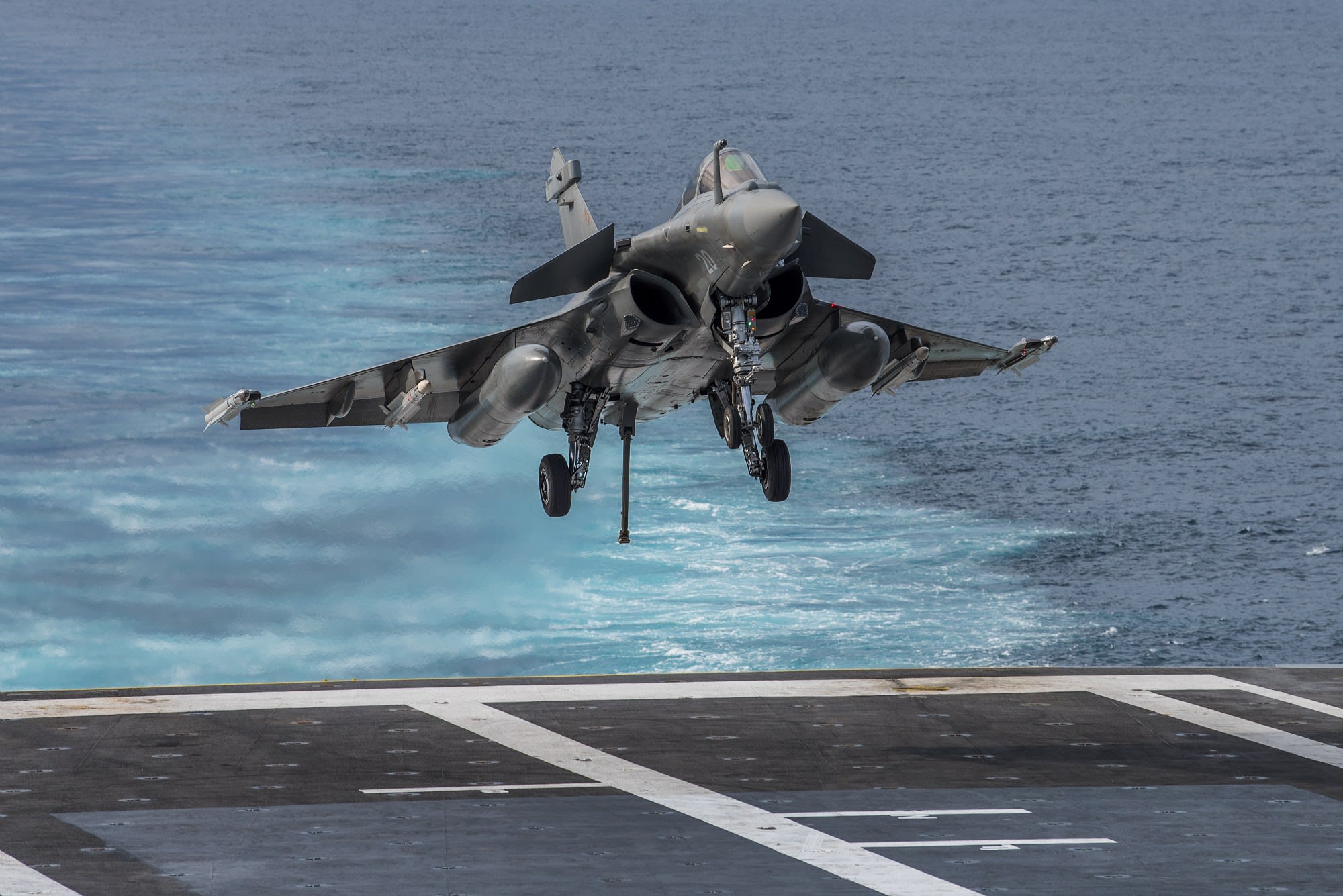
In a significant move aimed at fortifying its naval capabilities, India has embarked on a crucial deal worth a staggering 6 billion US dollars with France. This deal involves the acquisition of 26 cutting-edge Rafale Marine aircraft, designed to provide a substantial boost to the Indian Navy’s aircraft carrier fleet.
Government sources have confirmed that India recently submitted a formal Letter of Request to the French government, marking the initiation of negotiations for this high-stakes agreement. The acquisition includes 22 single-seated Rafale marine aircraft and four twin-seater trainer versions, all of which are destined to become an integral part of the Indian Navy’s defense operations on its aircraft carriers.
Continue readingSOURCE: RAUNAK KUNDE / NEWS BEAT / IDRW.ORG
The Aeronautical Development Establishment (ADE) is endeavouring to usher in the next generation of remotely piloted aircraft systems (RPAS) designed for intelligence, surveillance, and reconnaissance (ISR) operations. However, the proposed High-Altitude, Long-Endurance (HALE) RPAS has yet to gain significant traction within the Indian Army and Indian Air Force.
This hesitation can be attributed to concerns arising from the less-than-satisfactory performance of ADE’s earlier work on Medium-Altitude, Long-Endurance (MALE) UAV programs like Tapas. With both the Army and the Air Force poised to place orders for the MQ-9B SkyGuardian, they are urging ADE to utilize the SkyGuardian as a benchmark for developing the indigenous HALE UAV program.
Continue readingSOURCE: RAUNAK KUNDE / NEWS BEAT / IDRW.ORG
The Philippines Air Force (PAF) is embarking on a critical modernization program, with a total approved budget of 61.2 billion pesos (US$1.11 billion), to bolster its air defence capabilities. The primary focus of this endeavour is to procure 12 new combat aircraft under the Multi-Role Fighter (MRF) program. These fighters will play a pivotal role in safeguarding the country’s territorial integrity and interests in its exclusive economic zone (EEZ). A three-way race is currently underway, featuring Lockheed Martin’s F-16V, Saab’s Gripen C/D, and India’s HAL LCA-Tejas Mk1A.
One of the key requirements for the new fighter jets is their ability to carry an advanced anti-ship missile (AShM) that can be air-launched. This capability is essential for the Philippines to protect its maritime interests and enhance its deterrence capabilities in the region. The choice of AShM will significantly impact the effectiveness of the PAF’s fighter fleet.
Continue readingSOURCE: RAUNAK KUNDE / NEWS BEAT / IDRW.ORG
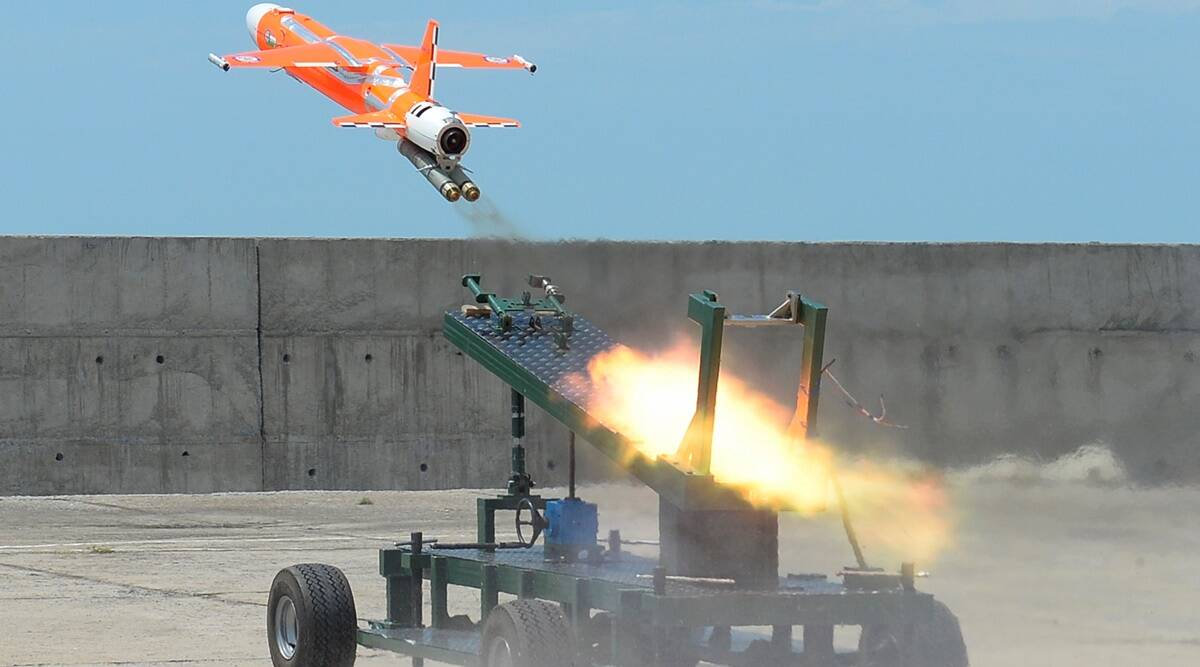
During the eighth Aerospace & Defence Manufacturing Show (ADMS) held on October 26 and 27, 2023, in Bangalore, India, the Aeronautical Development Establishment (ADE), an agency under the state-owned Defence Research and Development Organisation (DRDO), unveiled an updated configuration of the Abhyas High-speed Expendable Aerial Target (HEAT).
The original Abhyas configuration, launched in 2013, featured twin underslung boosters. However, the new configuration boasts a single underslung booster with an improved rocket motor, an extended length of 2.44 meters, and a new wingspan (specific dimensions were not disclosed).
Continue readingSOURCE: IDRW.ORG TEAM

In recent years, Russia has been facing challenges in its long-standing arms trade relationship with India. The economic sanctions imposed on Russia have hindered India’s ability to make payments for weapon imports, causing a significant reduction in the volume of arms purchases from its traditional partner. This shift in dynamics has prompted Russia to explore new avenues for cooperation, leading to a notable change in the format of their military-technical collaboration.
The 21st meeting of the India-Russia Working Group on Military-Technical Cooperation and Defence Industry, held in New Delhi on October 27, 2023, marked a significant milestone in this evolving partnership. During the meeting, Russia proposed a new working process to India, aiming to adapt to the changing circumstances in the global arms trade market. The core of this proposal involves a transition from supplying complete weapons systems to providing India with technology and systems, enabling the country to domestically manufacture its own weapons.
Continue readingSOURCE: IDRW.ORG TEAM

The Flying Instructors’ School (FIS) at Air Force Station Tambaram is all set to commemorate its remarkable 75-year journey with a grand celebration on November 3 and 4. The Chief of the Air Staff, Air Chief Marshal VR Chaudhari, will be in attendance at this special event, where many serving and retired alumni of the institution will join in the festivities.
In conjunction with this milestone, India’s renowned state-owned enterprise, Hindustan Aeronautics Limited (HAL), has put forth an ambitious proposal to develop the HLFT-42, a cutting-edge supersonic trainer aircraft weighing 16 tons. This initiative aims to establish a compelling case for incorporating the Light Combat Aircraft (LCA) Lead-In Fighter Trainer (LIFT) aircraft into the existing Pilot training curriculum.
Continue readingSOURCE: RAUNAK KUNDE / NEWS BEAT / IDRW.ORG

In a remarkable stride in India’s indigenous defence manufacturing, the Twin Engine Deck Based Fighter (TEDBF) project, designated for the Indian Navy and to be manufactured by Hindustan Aeronautics Limited (HAL), is set to receive a significant boost. The project is poised to incorporate the cutting-edge DRDO-Safran-developed 110kN engine, marking a critical milestone in India’s quest for self-reliance in defence production.
The collaborative effort between the Defense Research and Development Organization (DRDO) and Safran has reached an advanced stage, with discussions focused on establishing a comprehensive framework for the development of this state-of-the-art engine. The engine’s significance extends beyond TEDBF, as it is earmarked for deployment in the Advanced Medium Combat Aircraft Mk2 (AMCA) fighter jets, set to enter service from 2034-35 onwards. What makes this development even more noteworthy is that the engine is entirely manufactured within India, aligning with the country’s ‘Make in India’ initiative.
Continue reading